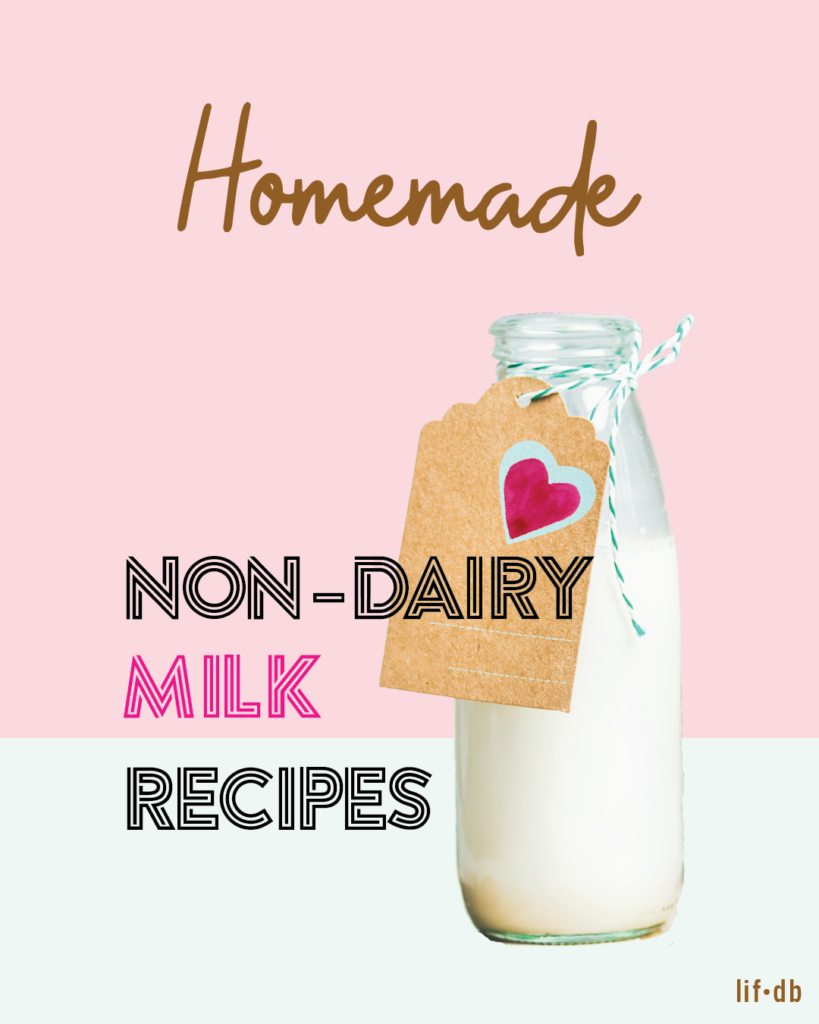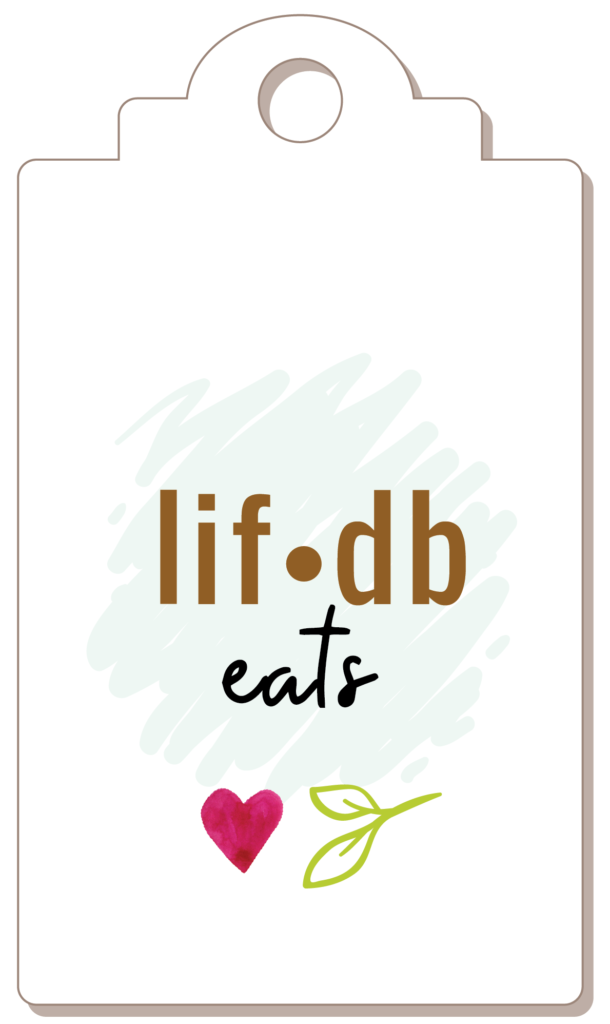Canada released its new food guide, removing dairy as a part of a balanced meal. Dr. Hutchinson, the Director General for Health Canada, notes the use of evidence-based research in putting together the guide. They also avoided industry-funded research to prevent bias.
Visually, the guide uses a plate and not a pyramid to illustrate distribution, similar to the 2011 changes the US made to its own food guide. Overall, Canada’s revamped health recommendations champion a variety of unprocessed foods and also plant-based ingredients.
we have erroneously placed “cow’s milk next to mother’s milk” in terms of its importance for human health.
Dr. Jenkins
Canada Research Chair in Nutrition and Metabolism | Faculty at the University of Toronto, Nutritional Sciences Department
In the US, non-dairy milk products are increasing in popularly, as people are looking for more humane and wholesome ways of cooking. Nut and grain-based milk sales were up by 8%, with almond milk showing the strongest sales. Oat milk and non-dairy milk blends saw the largest leap increasing 23% and 51% in sales respectively.
Benefits
This comes as no surprise. Aside from the health benefits, there are other personal advantages to switching to nut/grain based milk:
- Fresh: being able to make milk from home means you can have fresh milk when you want.
- Price: it’s cheaper. For example, 1 cup of almonds yields about 5 cups of milk.
- Spoilage: since you can control how much milk to make, you’re less likely to waste.
- Convenience: it’s super easy to make.
- Variety: you can make milk from different nuts, oats, rice. If you want flavored milk, you can customize it to your taste, such as adding vanilla and dates for sweetness.
Environmental
Non-dairy milks are also far more environmentally sustainable than animal-based milk. According to Sujatha Bergen, a policy specialist with NRDC’s Food and Agriculture program:
It takes a lot of energy to raise cows…you need to grow the feed [mostly grain], which takes lots of pesticides and fertilizers.
After the cows eat that feed, they release methane through their digestive systems, and then their manure also produces lots of greenhouse gases.
A by-product of cow dung is nitrous oxide, a climate-warming pollutant 298 times more powerful than carbon dioxide.
Source | NRDC
Ethics
And then there is the fate of the cow. The industrial production of milk is never a happy story, no matter how humane we attempt it to be, or how we use catchphrases such as “happy cows” or images of cows in green pastures.


